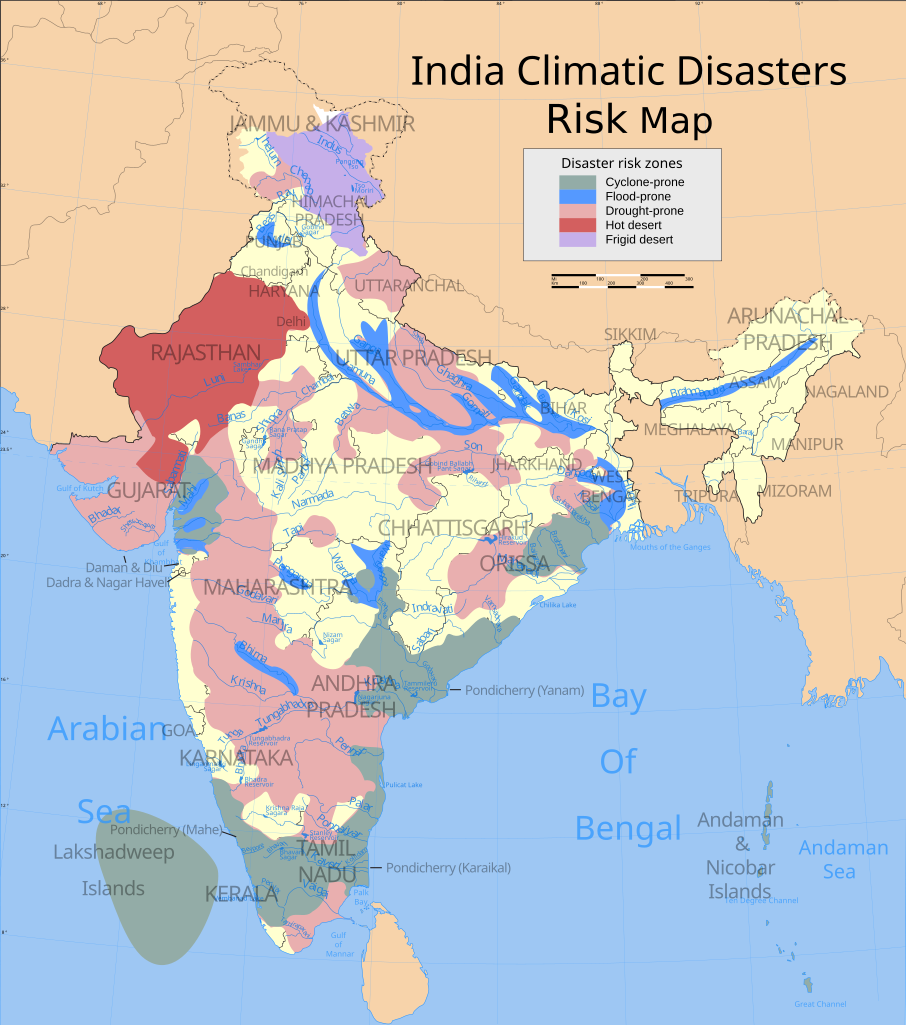A large majority of Pune's citizens depend on bore-well and tanker water to meet their water demands. Currently, the PMC is not in a position to meet the ever increasing water demands of Pune’s rapidly increasing population. Pune city has more than 7000 bore-wells . Due to concretisation of Pune, the 7th largest city in India, natural recharge of ground water through percolation of rain water has reduced from 35% to merely 7%. The demand on ground water far exceeds the recharge rate of ground water table. Due to this over extraction and minimal recharging, the water table is dropping at much faster rate than ever before in history. This is despite the City Engineer’s notification on mandatory RWH (rain water harvesting) systems all new & old buildings within PMC limits !
The response to this notification, at best, has been extremely very poor. Less than 1000 housing societies have implemented RWH systems. Hence, we propose the registration of old bore-wells, and a mandatory approval process for a new bore-well. At the time of registration, the PMC must take an undertaking regarding recharging of the bore-well through rainwater harvesting. It is important to note the potential of rainwater in Pune city. Pune receives about 770 mm of annual average rain fall. It means that each acre or 4000 sq meter of catchment area receives about 25 lakh liters of rainwater annually. A suburb like Viman Nagar has about 30 lakh sq ft / 75 acres of catchment ( roof top ) area. Viman Nagar receives about 1875 lakh liters of rain water on its building roof tops annually. Imagine the amount of rain water falling on Pune City buildings roof top annually ! The bore-well registration with an honest undertaking to recharging will ensure that the majority of this rain water will recharge our ground water table. The PMC needs to take this decision in consultation with all city stakeholders. If done, it will be a model that can be replicated in all across cities in India.
Tanker Water - as of date, there are no rules on the upkeep of the of the tankers that transport this water. There are no rules for periodic checks regarding potability of water inside the tanker for human consumption. During my time in the Army, I have personally seen all kinds of fungal and bacterial growth inside these tankers, which could lead to diseases, and, in extreme cases, even death. Our citizens are buying unsafe water. Essentially, they are paying someone for water that could kill them. 7 million man days are lost every year in India due to water borne diseases. A significant percentage of these are caused by tanker delivered water. The PMC must lay down regulations similar to those laid down by India’s Defence Forces.
In in the Indian Army, every water tanker reports to a designated workshop every year for a complete checkup. While in the workshop, the tanker is scrubbed from the inside and repainted with an anti-fungal water proofing paint. Once it is dry, water is kept in the tanker for 72 hours. After this, the water is tested by medical authorities for its fitness in respect of human consumption. If it is found to be safe and potable, a certificate is issued accordingly, permitting the use of the tanker for the next 12 months. This ensures health of the troops.
In in the Indian Army, every water tanker reports to a designated workshop every year for a complete checkup. While in the workshop, the tanker is scrubbed from the inside and repainted with an anti-fungal water proofing paint. Once it is dry, water is kept in the tanker for 72 hours. After this, the water is tested by medical authorities for its fitness in respect of human consumption. If it is found to be safe and potable, a certificate is issued accordingly, permitting the use of the tanker for the next 12 months. This ensures health of the troops.
Surely, if something like this can be done by the Army to keep it’s soldiers safe, the PMC has a similar responsibility to the citizens of Pune. After all, many people working for the PMC themselves require tanker water.
These steps, if taken by the PMC, will not only help improve Pune’s ground water table, but will also ensure availability of safe water through water tankers.
